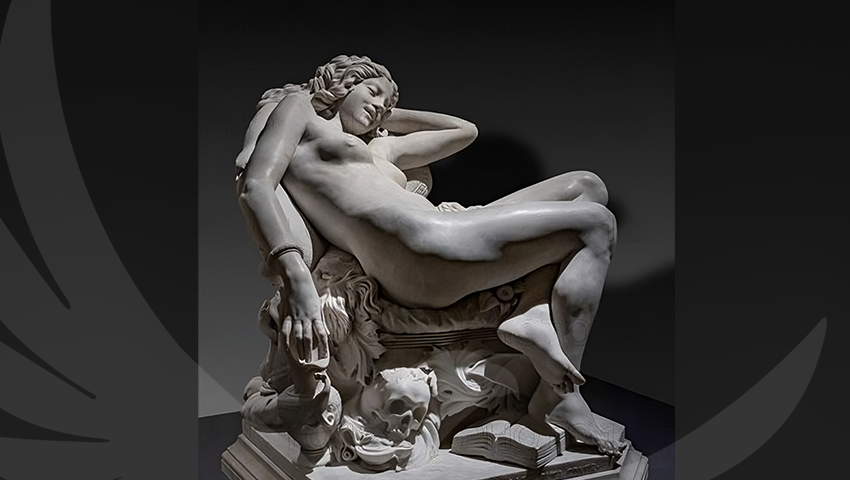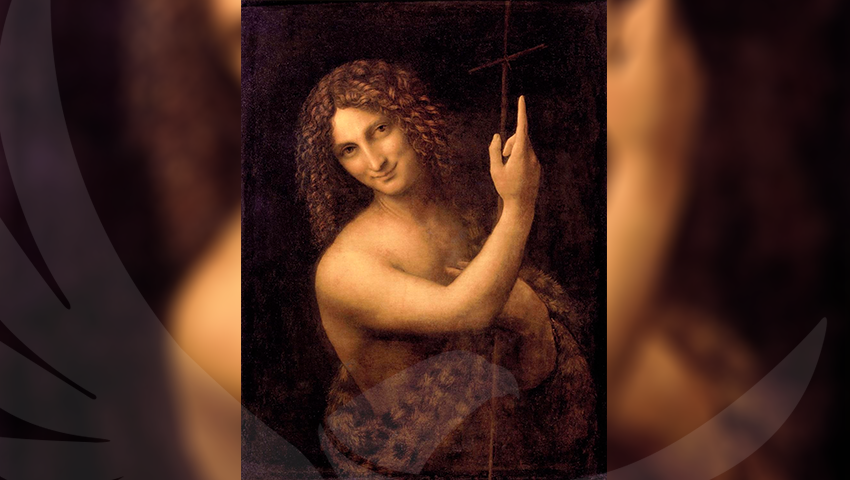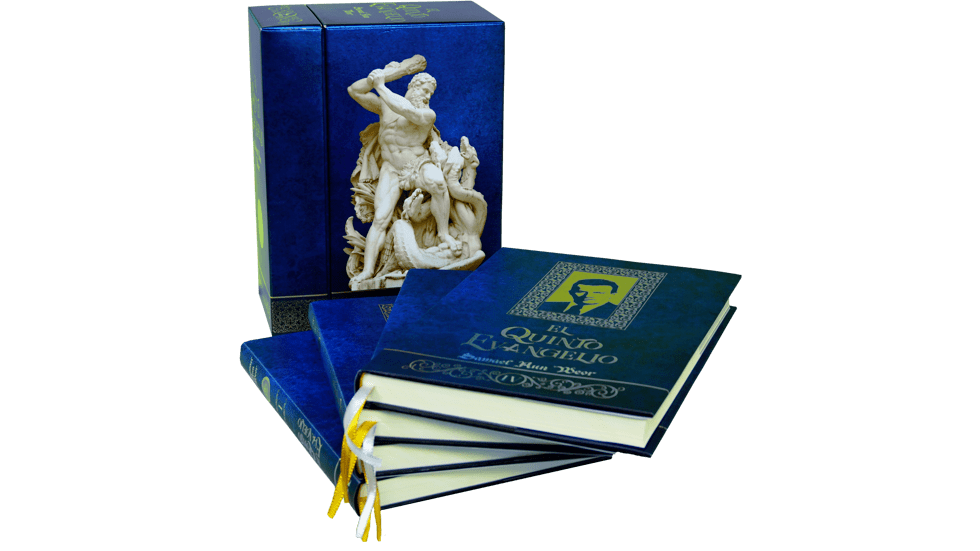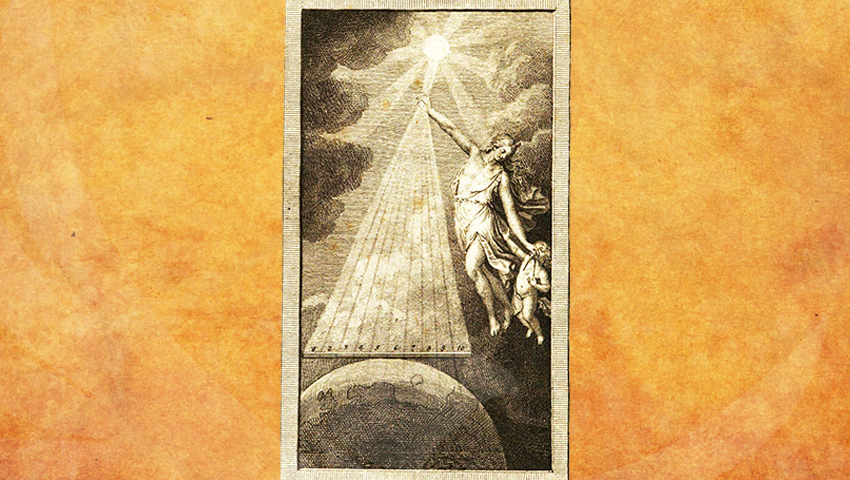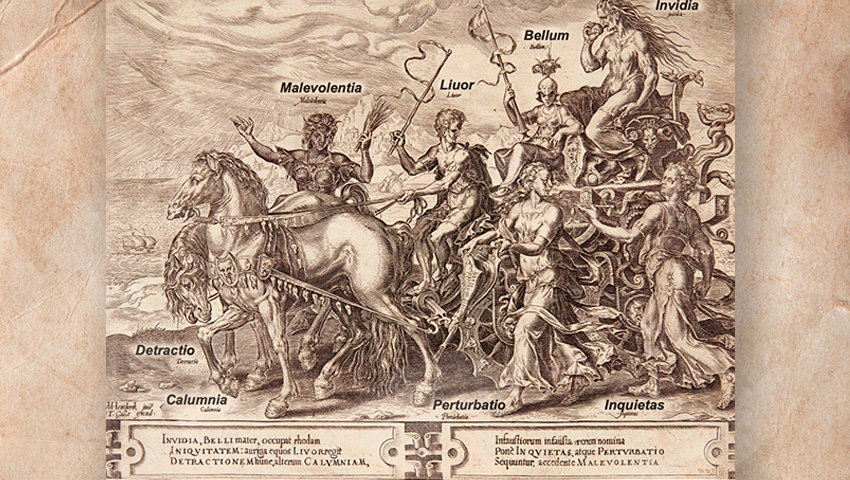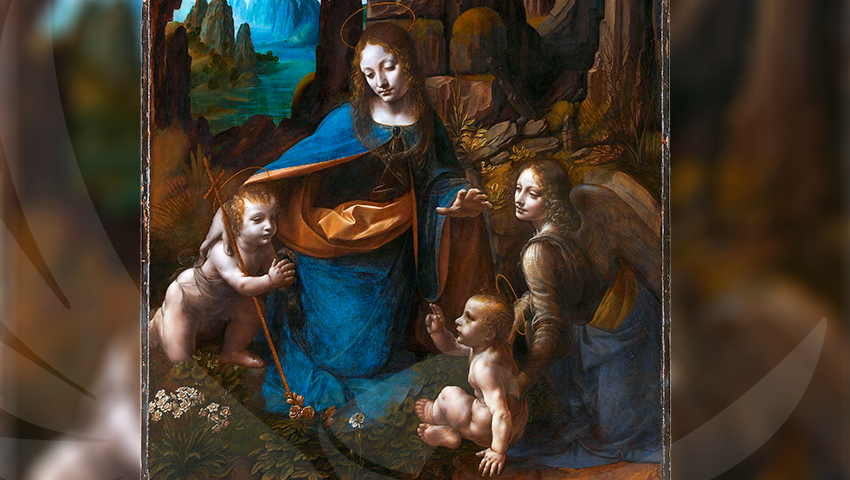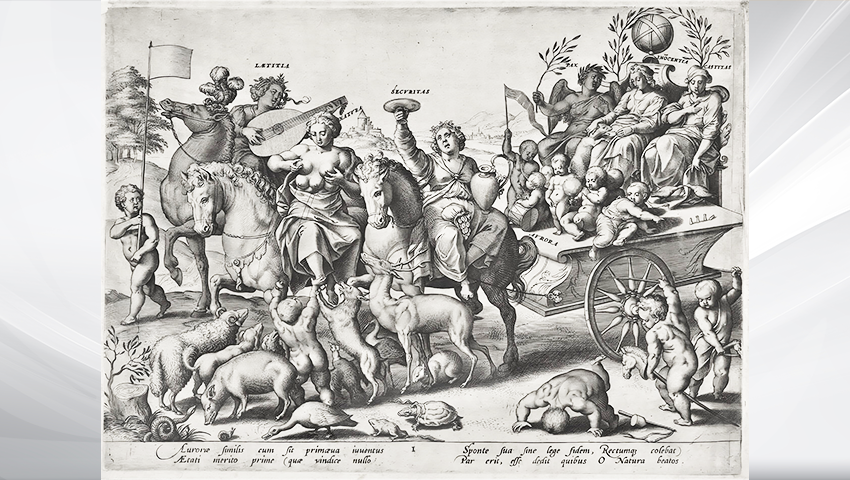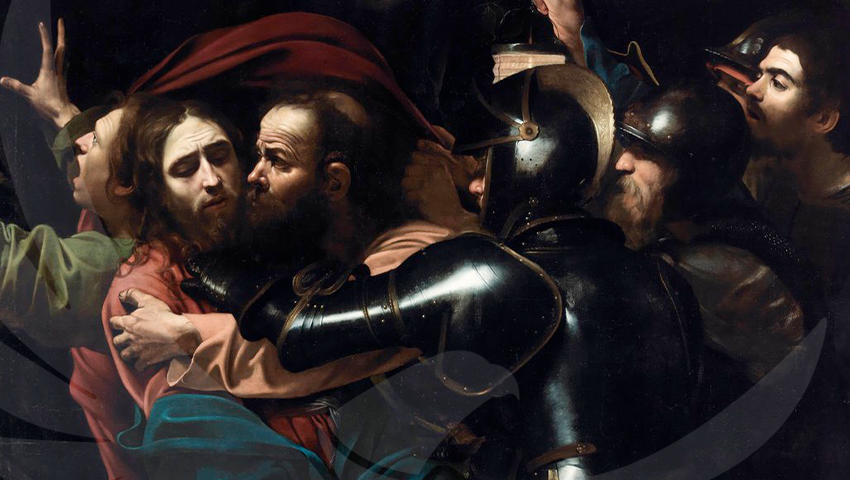Dearly beloved readers:
I hasten to send you this curious sculpture whose creator is Torquato Della Torre. The sculpture was made between 1851 and 1854. This magnificent work of art is entitled…
…Per me se va tra la perduta gente.
Although this sculptural representation is accompanied by the title that we have shown before, the reality is that it has a profoundly esoteric and theological-philosophical content.
Let us start by saying that the central figure of this wonder comes to be a naked woman. We all know, through Gnosis, that humanity left the earthly paradise when it committed the crime we call FORNICATION. Insistently, the V.M. Samael affirms for us in his doctrine that the woman is the gateway to initiation, however, in the same way that this door can become our salvation it can also become our perdition, because sex is absolutely sacred and it depends on how we relate to it if we will return to the bosom of the blessed Mother Kundalini or if we will enter into what religions call Avernus, hell, Tartarus, Avitchi, etc., etc., etc.
There is no doubt, patient reader, that ignorance is daring and many intellectualoids, lacking the profound sense of the interpretation of symbols, have misinterpreted this sculpture and therefore have called it The orgy…
First of all, let us observe that the pubic area of the sculpted lady is covered by a rose bush. That means that the ultimate virtue we should aspire to is chastity. Obviously, we are not talking here about the clerical abstention practiced by many mistaken prudes and monks who have been anathematizing the mysteries of sex for centuries, no. We talk about supra-sexuality that allows couples to live a sexuality in which the loss of our sexual secretions DOES NOT EXIST. This is called alchemical transmutation and it has been the basis of that ancient science that we Gnostics have called Alchemy.
We Gnostics do not forget that each woman is the representation, on a small scale, of God the Mother. This means that the woman is the key to return to the lost Eden of which JOHN MILTON spoke in his time in his famous work Paradise Lost.
Analyzing the details that accompany this work we find very interesting things. For example, one of this woman’s feet is stepping on or touching nothing less and nothing more than the Christian Bible. This is to tell us all that this sacred book contains in relation to that mystery which we call woman. On this Bible appears the word EVANGELIUM to point out to us that in her, in the woman, is enclosed the summum evangelium.
Another important detail lies in the fact that this woman carefully protects a jug of wine with her right hand so as not to spill it. Without a doubt this is to indicate that we pour the wine of Ens-Seminis when we deeply respect the sacrament of LOVE.
And on this jar is climbing a winged dragon or salamander with wings. It is known that such a dragon points to the Sacred Fire that comes to us when we sublimate the metaphysical coitus. The jug, in itself, is a very ancient allegory referring to the female yoni.
It is good to observe that the sofa on which the woman rests is also decorated with grotesque and monstrous shapes. This is an allusion to the various psychological aggregates that we all carry inside and that keep us immersed in permanent entropy.
Likewise, it is good to indicate that, among the flowers and plants that appear at the base of the throne or armchair on which the woman rests, a serpent can be seen raising its head and rising. That serpent is Stella Maris ─Devi-Kundalini─, the Virgin of the Sea…
On the other hand, it should be noted that at the feet of the armchair we see a skull, an oil lamp and a bat with open wings. What is all this? Answers:
- The skull is the thought of death warning us that everything passes and, therefore, we must take advantage of our existence to DIE PSYCHOLOGICALLY, putting an end to our weaknesses.
- The oil lamp symbolizes the Mercury of the sages, the creative energy.
- The bat represents the inner darkness that will always try to keep us in the darkness of our Consciousness.
Something worth mentioning in these pages is the fact that the phrase Per me se va tra la perduta gente appears in the work The Divine Comedy by the V.M. Dante Alighieri. In such a case that phrase is accompanied by others equally important. Those phrases are read by the great Master when his steps reach the gates of the abyss, let us see them:
“Through me the way is to the city dolent,
The Divine Comedy by the V.M. Dante Alighieri
through me the way is to eternal dole,
through me the way among the people lost.”
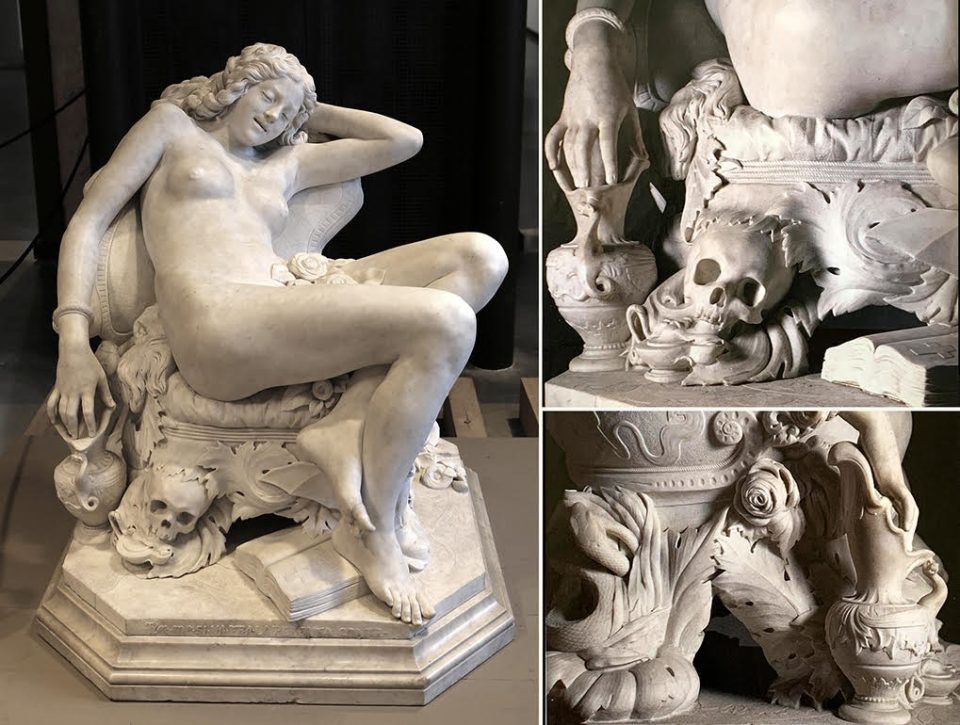
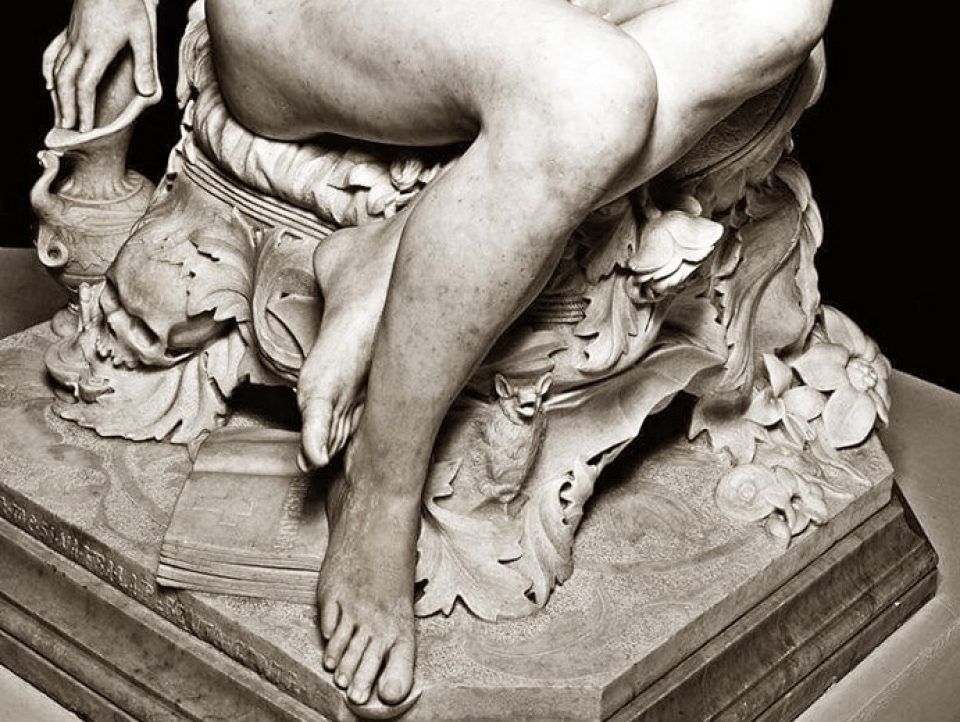
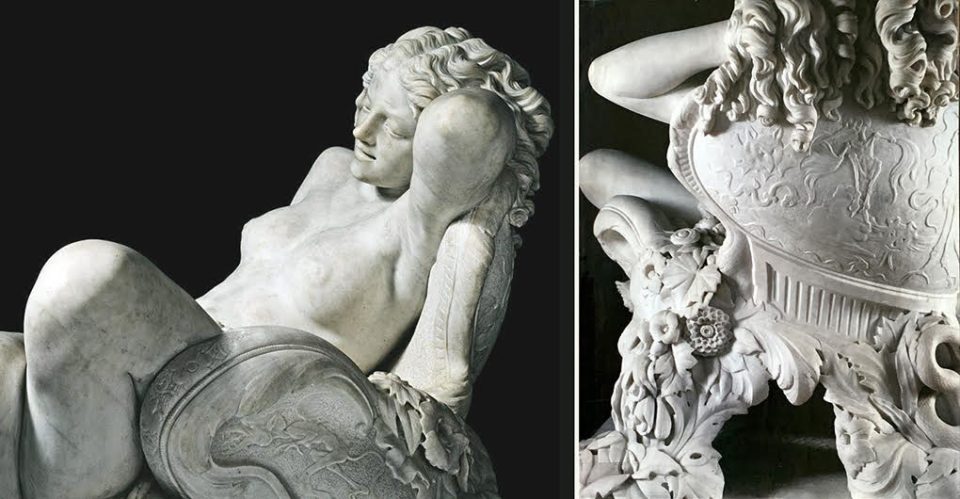
I now give you some sentences to be reflected upon:
“The sage is ashamed of his shortcomings, but not of correcting himself of them.”
Confucius
“The defect is a monster that engenders us.”
Pythagoras
“Whoever endures my defects is my master, even if he is my servant.”
Goethe
“Sometimes it costs much more to eliminate a single defect than to acquire a hundred virtues.”
La Bruyere
“The worst of the defects is to imagine oneself exempt from them.”
Bottach
OMNIUM CONSENSU.
─‘With the consent of all’─.
KWEN KHAN KHU
